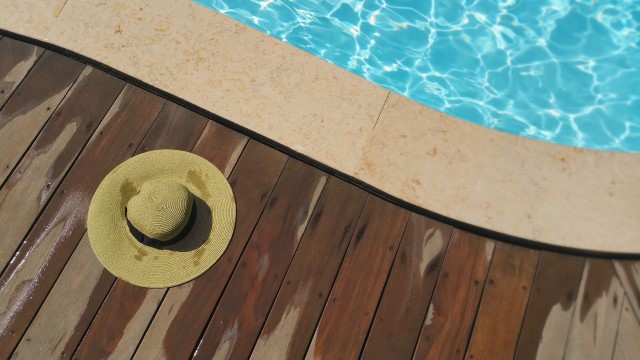Tullow dipping a toe back into exploration

It is not surprising to see the markets continue to concentrate on the near-term financial health of the company given the material impacts that the TEN start-up and recent issues with Jubilee will have in 2017. Tullow rightly acknowledge the company’s current financial situation and are focussing on production cashflows to enable the steady de-leveraging of the balance sheet. Exploration and appraisal spend remains at very limited levels vs history.
However, it is notable that Tullow is signalling that the company is sensibly looking beyond these near term issues to plan for future growth, fuelled by its core business of exploration. It is still well below the levels seen as recently as 2014 and only $100m is forecast to be spent in 2017 (vs over $1bn at peak). However, E&A spend is set to increase in 2017.
This spend is sensibly still focussed on near-field step outs (in the case of Ghana and Kenya), but is also moving towards key wildcats including the Aruka well, described by the exploration director Angus McCoss as one of the best prospects they’ve seen in a decade.
G&G elsewhere is continuing with an eye to moving assets in Mauritania (3D seismic in 2017) and Namibia (further work being performed) towards drill-ready status.
Simple, low cost exploration with an eye to development
Falling well costs are a large part of Tullow’s ability to start to move back towards exploration. Kenyan onshore wells that may have cost $25m a few years ago can now be drilled for $10m (also helped by performance inflation and efficiency gains from drilling 12 wells so far), while the Araku well in Guyana/Suriname region is likely to cost $40-45m, substantially down from an estimated $100m at peak.
This is not the only move in Tullow’s renewed exploration approach. It is a key facet that the exploration targets also take development into consideration – Angus McCoss stressed that shallow water prospects reduce exploration drilling cost and development cost. Another target in Guyana/Suriname assets (Amalia) lies updip of Liza in just 100m of water (vs 2,000m at Liza). Many of the Namibia leads are in water around 500m deep. Simpler, cheaper wells also reduce the likelihood of substantial cost increases,
Araku-1, Suriname in H217
XOM’s success at Liza-1 de-risked the Guyana Basin in which Araku lies (albeit over 150km away) and Tullow believes its acreage located around the “catchers mitt” encompasses “game changing low-cost prospects with multiple follow up potential”. Araku is a four-way structural prospect with an estimated 500mmboe with good seismic amplitude support in 1,000m water depth that will be drilling in H217. At around $14m net to Tullow, drilling costs are low.
In the Guyana side of the basin, Exxon’s subsequent mixed success in Payara and Skipjack could be seen as good for Tullow’s shallower prospects (which would benefit from charging from these leaked targets).

